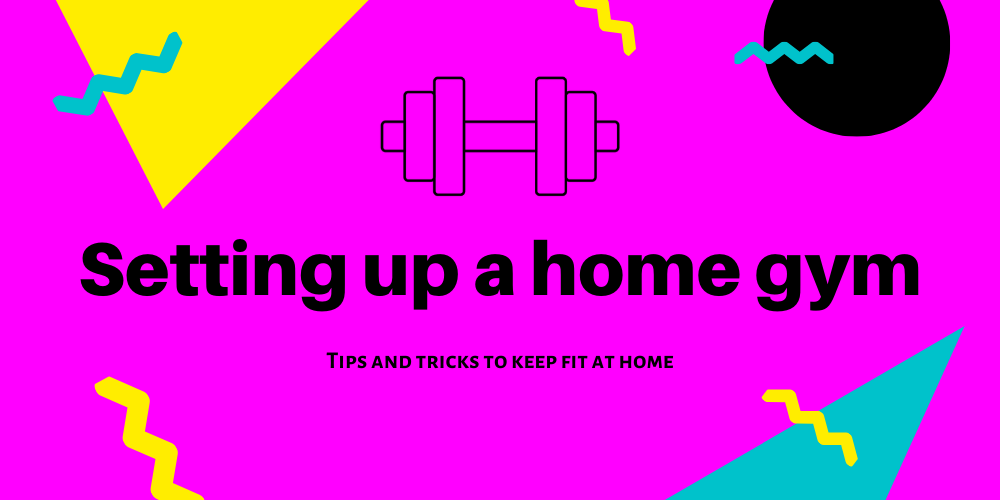
by | Apr 17, 2020 | exercise, How to, workout
The new normal is staying at home. While my first three weeks of lockdown wasn’t very active, I am now feeling ready to start working out properly again. Running a mile a day has been a good stress reliever, I know that if I don’t start strength training...
by | Apr 23, 2019 | exercise, fitness, How to
How can you tell if your hours in the gym are making a difference? Do you track your race finishing times in a spreadsheet? Do you keep a record of your weight sessions to monitor your progress? It may be easy for you to keep track of your physical fitness...
by | Apr 19, 2019 | exercise, fitness, How to
We are quite lucky living in London that there are hundreds of gym and fitness studios to choose from. It is always a bit tricky though, deciding which one to commit to. Class Pass gives people with a fear of monogamy a chance to try out lots of...
by Admin User | Apr 19, 2019 | exercise, fitness, How to
We are quite lucky living in London that there are hundreds of gym and fitness studios to choose from. It is always a bit tricky though, deciding which one to commit to. Class Pass gives people with a fear of monogamy a chance to try out lots of...


